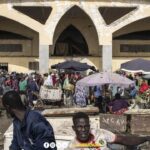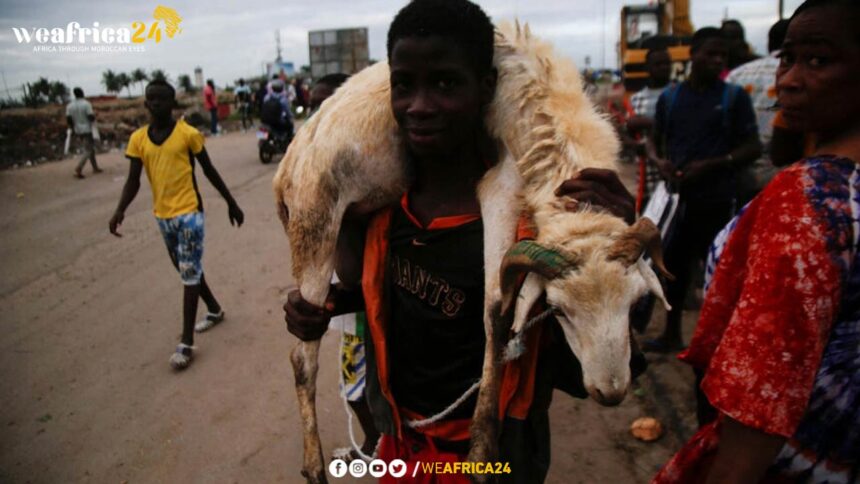The destruction of the livestock stockyard at the Port-Bouët abattoir, along with several neighboring homes, has sparked significant unrest among cattle traders. The demolition, carried out by the authorities of the autonomous district of Abidjan on Saturday evening and Sunday morning, led to clashes between law enforcement and groups of young people.
This operation is part of the broader plan to relocate the livestock market to a newly developed site at the former Adjamé scrapyard. The confrontations resulted in around fifteen injuries and substantial material damage.
Sitting amidst the rubble left by the bulldozers, the livestock traders at the Port-Bouët abattoir are uncertain about their next steps. They have simultaneously lost both their workplace and their homes. The district’s aim is to move the stockyard to Adjamé, but the traders find the new site unsuitable.
“This place is no good. It’s all mud! If we take our livestock there, they will get sick, and some might die. We don’t know what to do. There’s no electricity or water on this site,” explained Baba Cissé, a sheep vendor.
This demolition comes just two weeks before Tabaski, a critical trading period for these livestock traders. Boukary, one of the traders, expressed his frustration openly: “We’re not here for a confrontation; we’re here to make a living! If they want to move us out of Abidjan, if it’s to a good, well-prepared place, we’ll go. That’s why we’re here!”
In a statement, the autonomous district of Abidjan claimed that the relocation of the livestock market is a “collaborative decision.” The authorities expressed their commitment to “continuing the process to its conclusion.”
The situation remains tense as traders and authorities grapple with the immediate impacts of the eviction and the longer-term challenges of relocating to a site that traders deem inadequate. The need for electricity, water, and suitable conditions for livestock remains a critical concern, highlighting the complexities involved in urban planning and community displacement.







